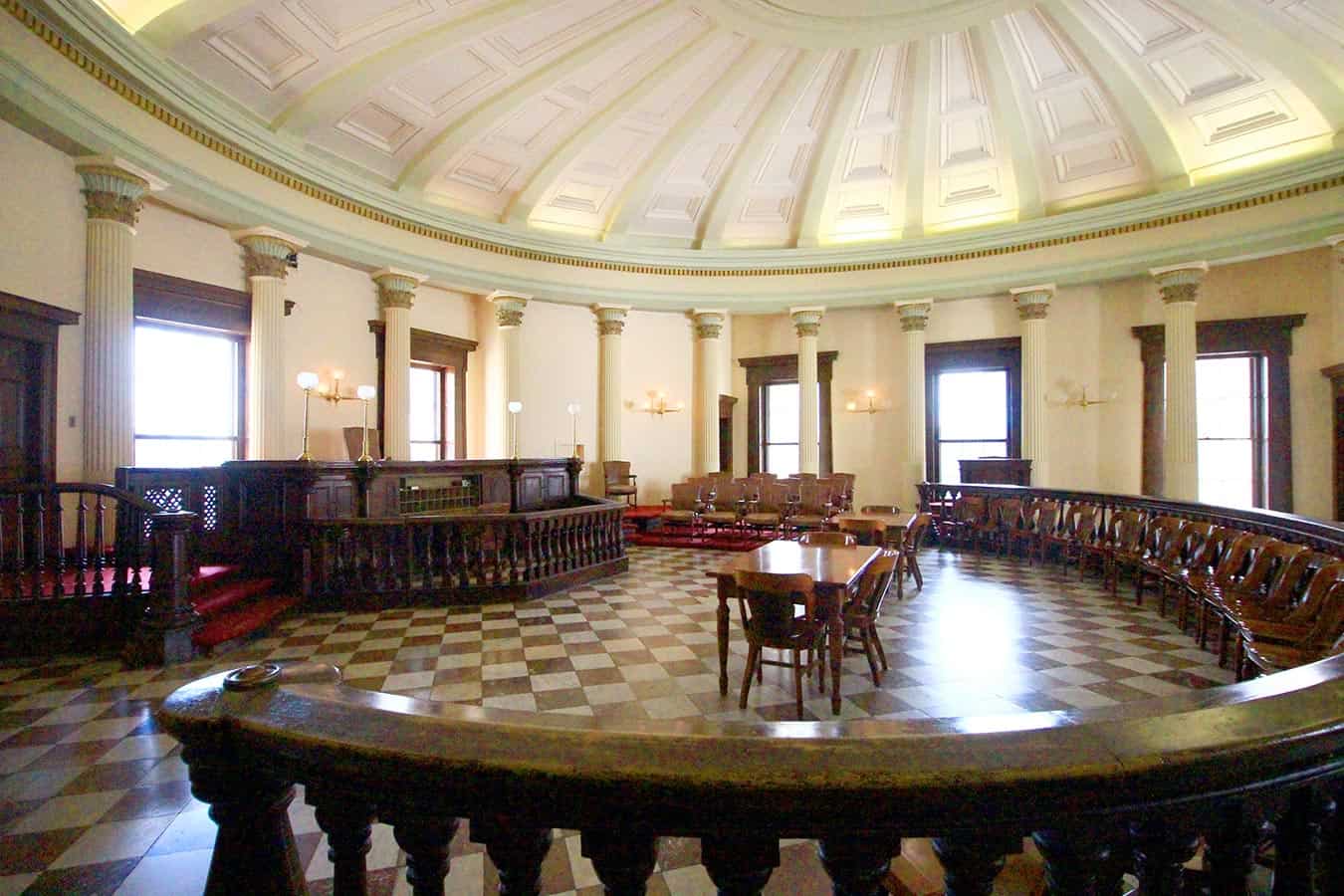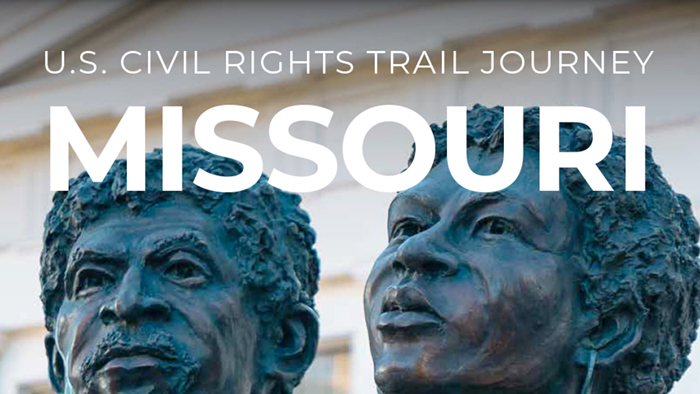Three Generations, One Quest for Equality
St. Louis was home to many civil rights leaders whose efforts made a difference in our nation’s civil rights story, from women’s suffrage and the abolishment of slavery to the struggle for African-American equality.
In 1846, Dred and Harriet Scott took legal action to declare their freedom from slavery, filing separate petitions in the St. Louis Circuit Court, commonly known today as the Old Courthouse. Through the legal guidance of their lawyer, Francis Murdock, and the financial support of the family of Dred Scott’s former master, Peter Blow, their case first came to trial June 30, 1847, but was dismissed on a technicality. A decade later, the case reached the U.S. Supreme Court, which ruled that Scott, because he was not white, was not a citizen and therefore had no federal standing to sue. The court further found that the Missouri Compromise of 1820, which struck down slavery in several territories, was unconstitutional. This decision sparked national condemnation and helped fuel the fire that would become the Civil War. Peter Blow’s sons purchased Dred and Harriet Scott and freed them. Scott died shortly after.
In the same courthouse over two decades later, Virginia Minor filed a lawsuit arguing for her right to vote under the 14th Amendment. While the Supreme Court ruled against Minor, her efforts paved the way for the woman’s suffrage movement.
Years later, in the early stages of the Civil Rights Movement, J.D. Shelley and his family moved from Mississippi to St. Louis to escape racial tensions in the South. But when they knowingly bought a home in a racially restricted area, they found themselves face to face with the racial tensions of discriminatory housing. After an extensive legal battle, on May 3, 1948, the U.S. Supreme Court ruled that racially restrictive covenants between landlords could not be enforced by the courts, as it would constitute a state action denying due process of law, which was a violation of the 14th Amendment. So while the Supreme Court’s decision did not outlaw covenants, it did strongly assert the guarantee to all citizens of equal protection under the law, including the right to purchase and sell property.

























